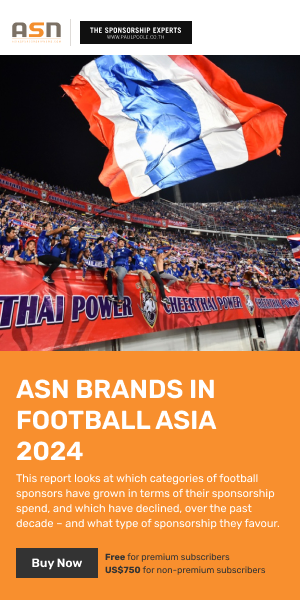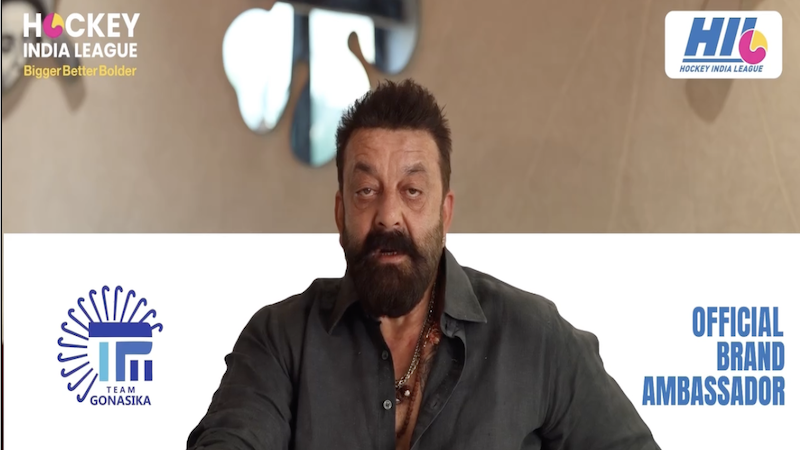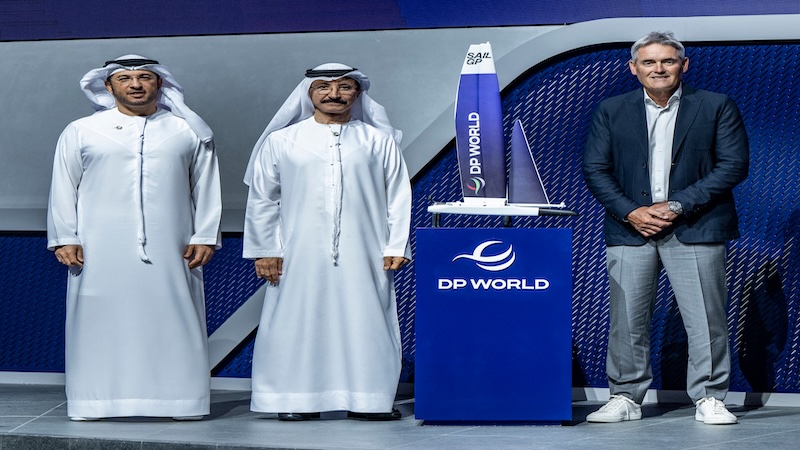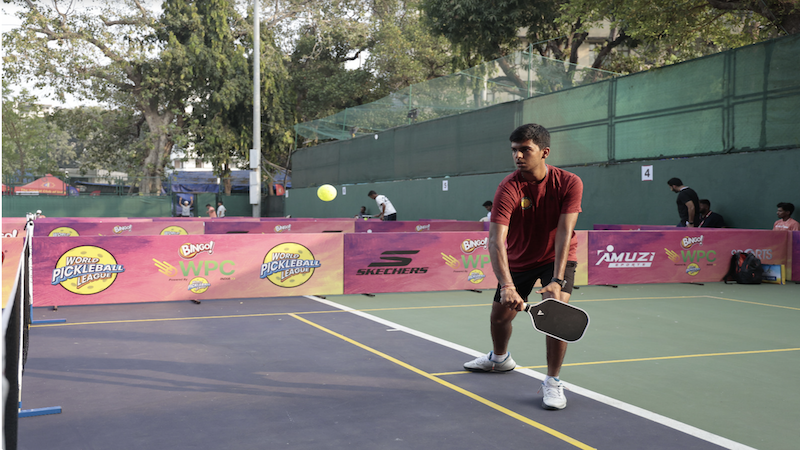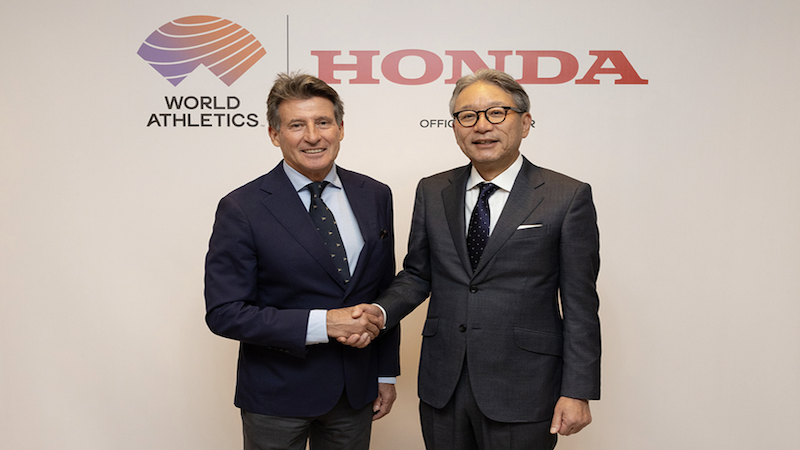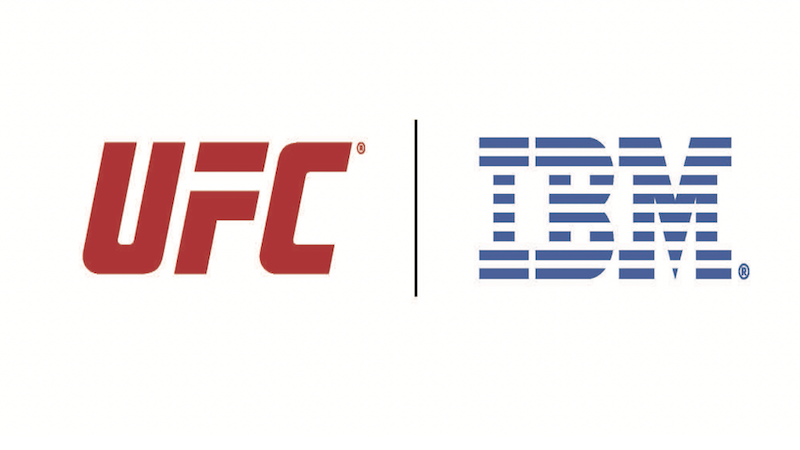Register
to get articles and more to your inbox
News & insights
Archive
Directory
Star India Ups The Ante In Kabaddi Investment
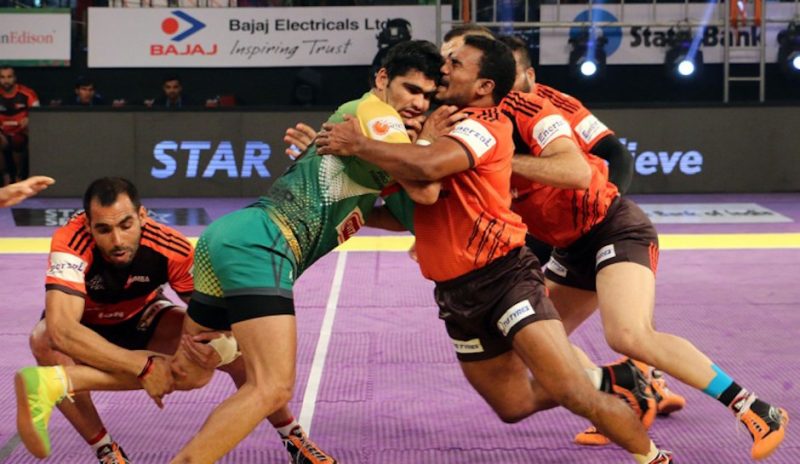
Star India, which also screens the matches live across millions of homes in India, will auction for four new teams in the upcoming season to take the total number of franchisees to 12 from the current eight, with the number of matches increasing to over 130 from 60 in the last season. The fifth PKL season will now have the season spread over a longer, 13-week window, instead of the 2016 format where it was split into two short seasons.
“From 5 years ago, when nobody was talking about kabaddi let alone watching it on TV, today it has become one of the top sports in the country. From a village pastime, it has become an urban sport that’s cool. It would be a disservice to the sport if we do not grow it further,” Uday Shakar, chairman of Star India mentioned to local media.
Star India and Mashal Sports will initiate a tender process for four new teams this week. Tamil Nadu, Haryana, Gujarat, and Uttar Pradesh have been selected as the states from where teams can enter the League.
These states have been chosen for their high affinity toward Kabaddi with large fan-bases, on-ground presence, and potential commercial value. Viewership data show that PKL has seen a 51% cumulative growth in its viewership over its four seasons, while also managing to attract advertisers. Last season, PKL saw a total of 64 sponsors (12 central and 52 franchisee).
Despite being a hit among audiences, PKL continues to be a loss-making proposition for Star India. “We have invested over Rs 700 crore (~US$107m) on kabaddi so far, while revenues have been less than Rs 100 crore (~US$15.3m). By increasing teams and doubling number of matches, our investment per season and resultant losses will also double. We are in for the long term.We will keep investing and I see PKL remain in investment mode for 5 years before breaking even”, Shakar added.
While viewership numbers high and Star India working from the ground-up for PKL’s expansion augurs well for the kabaddi’s future growth, however, the challenge would be to get brands to pay top dollar to associate with a sport that seems to have little unpredictably with matches being far too similar.











